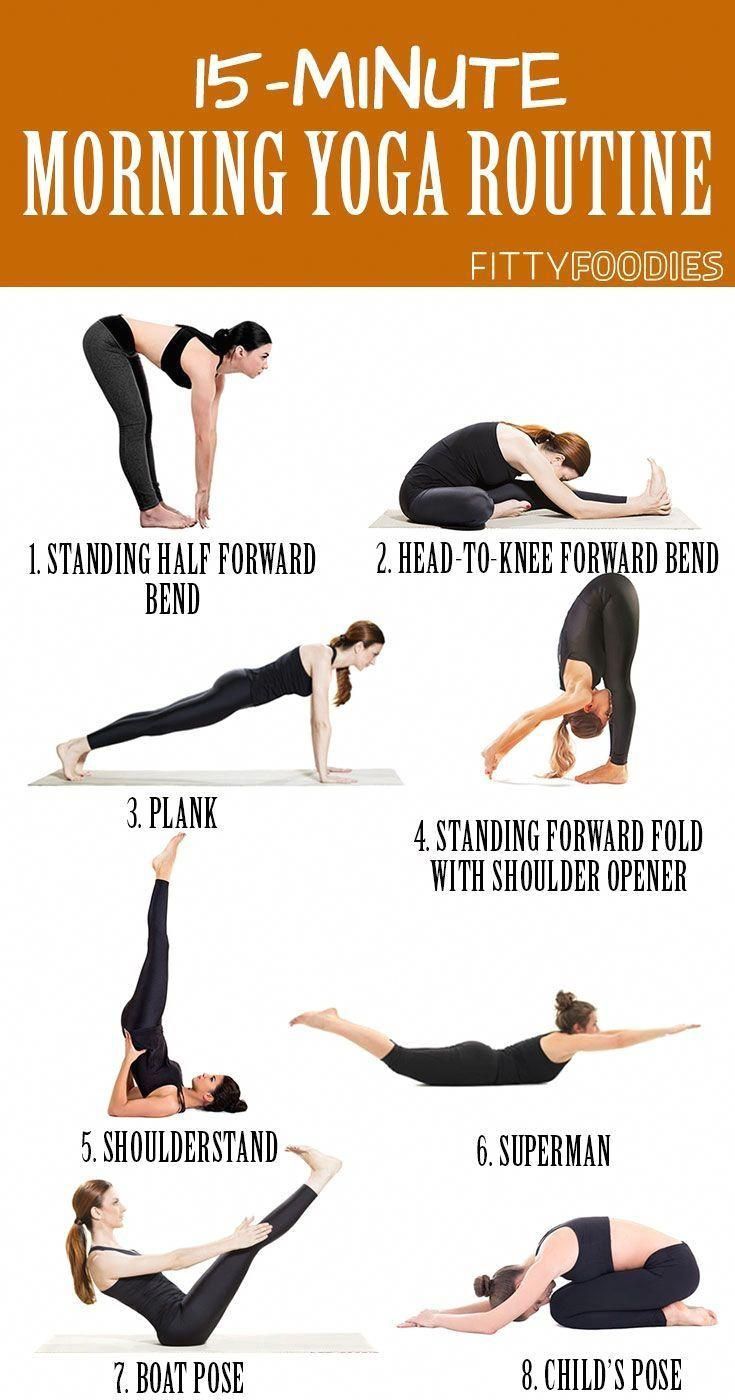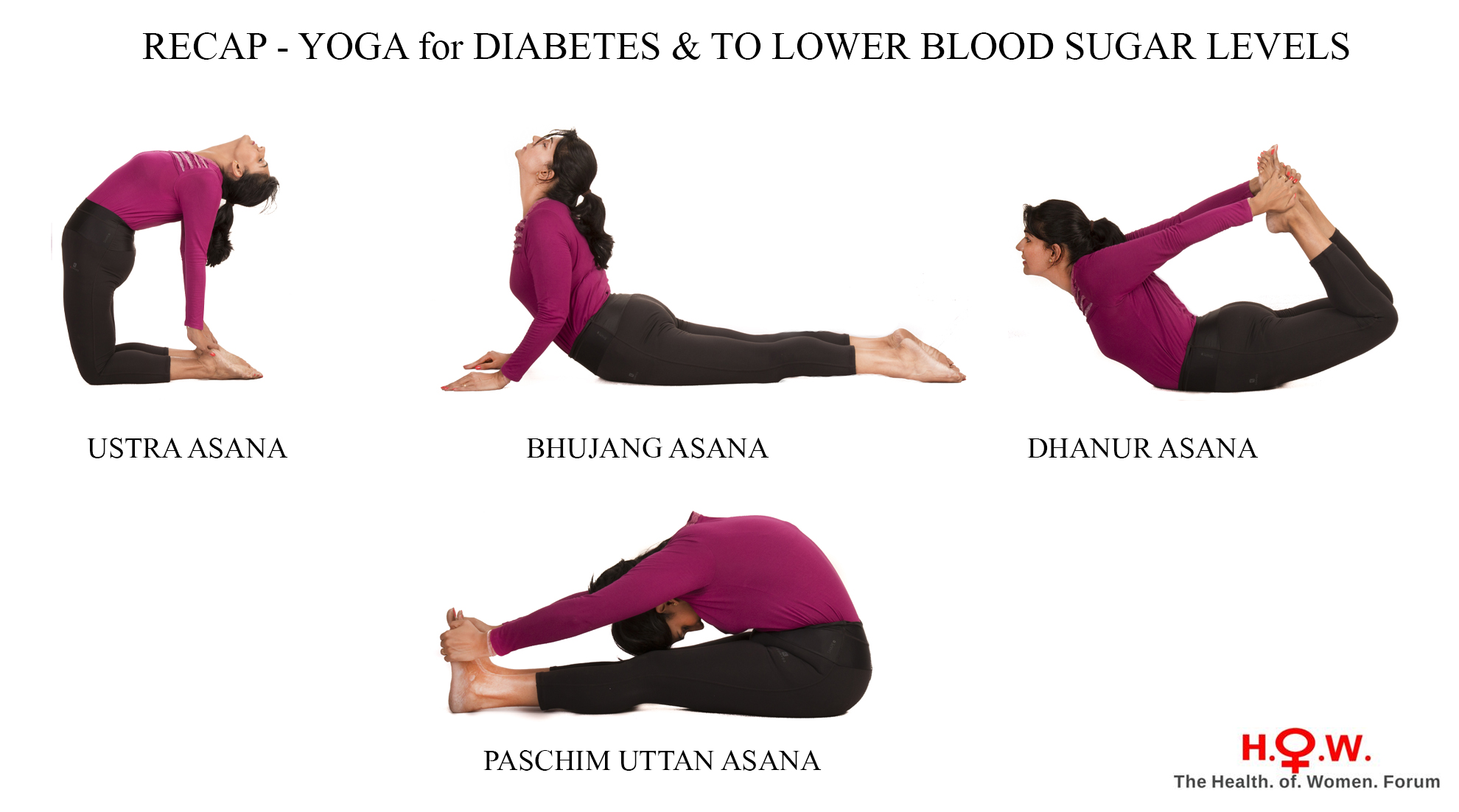
The main element of a yoga practice is the overall experience. These qualities should be apparent in yoga poses and every class should be tailored to address specific aspects of the practice. You must consider the time of year, season, moon phases, and current events when you sequence yoga poses. It is important that you keep your goal in mind when sequencing yoga poses. Here are some tips for creating an effective yoga sequence: To get the most out of your classes, choose the best yoga poses to focus on.
First, choose when to teach the pose. A warm-up yoga sequence is a good way to start. Experienced yogis might use this warm-up to avoid injury. Beginners can begin by sitting comfortably on a stool or block. Part two can be practiced next. Make the sequence more challenging by adding more advanced variations.
Consider adding some meditations or stretches to your sequence after you've selected your peak poses. This will allow students to become more aware of their bodies alignment and help them understand peak poses better. Consider the needs of your students when planning your sequence. Beginners should begin with asanas that are simple to perform. During your class, it is best to practice them slowly and gradually.

You should consider the physical requirements for your students when planning the sequence. Your students should be ready to perform the peak postures by the third or fourth class. The sequence should feel effortless and invigorating if it is well-structured. The main goal of yoga is not to achieve a particular result, but the process. Enjoy the practice and the journey. If you do that, everything should go smoothly. Your body, breath, and the rest should all be truthful.
Before starting to teach yoga, you should understand the students' specific needs and abilities. A good yoga class will move students through poses with ease and make them feel comfortable. The sequence will also help you build confidence in yourself as a teacher. Your students should have the proper yoga experience. Beginners should avoid starting a class in a seated posture. After the posture, you should stretch. It is important to avoid bad postures.
Teaching yoga classes should be easy. An example: A beginner might require more time to master the basic poses. It may also be necessary to spend more time powering through the poses. It is important to consider the abilities of students when teaching classes. Some students may require more time to adjust to new injuries.
Yoga sequences are very important and will help students reach their goals. It is crucial to know the right sequence of postures. It is vital that you know the importance of the poses in a yoga class. The poses should be appropriate for you and your students. Respect your students' rights. Respecting students' needs is important. You won't be able teach yoga classes well if you don't know how to do it.

A yoga sequence is very important. It allows you the flexibility to add the poses to your classes. You don't need to go to a yoga class. You can do your practice in your own home. Try to create a playlist that works for you. It's not only a great way to teach a yoga class, but it's also a great way to build your confidence. By doing this, you will feel confident in yourself and your ability as a teacher.
A great way to provide a memorable experience for your students is to create a yoga sequence. Your students will love learning how to do a specific sequence when you have it set up for them. It is possible to create a great class by practicing. It will be easier for you to make your students happy and comfortable. This is your greatest gift as a teacher. This will make sure your students have a great experience.
FAQ
Are There Any Benefits Of Doing Yoga?
Yoga has been popular since ancient times. Yoga is now very fashionable among celebrities and everyday people who want to look and feel good.
Yoga is great for strengthening and stretching your muscles. Yoga is also great for calmening your mind and relaxing.
The primary difference between yoga and other forms is the focus on breathing techniques in yoga.
Practice a variety of poses to increase your flexibility and balance.
What kind of food should I avoid when trying to lose weight?
Avoid trans fats. Trans fats can increase LDL (the negative) cholesterol levels and decrease HDL (the positive) cholesterol.
Trans fats are found in deep-fried foods, fast food, packaged baked goods, snack cakes, and other processed foods.
These unhealthy fats cause inflammation which leads to heart disease, diabetes, and other health problems.
Avoid foods containing artificial sweeteners. Artificial sweeteners are linked to an increased risk of cancer.
These chemicals can be found in soft drinks, chewing gum, and candy bars. These chemicals are also found in meat, poultry, eggs, and other foods.
Artificial sweeteners are saccharin (cyclamate), sorbitol and aspartame.
The American Heart Association suggests that you avoid these chemicals as they can cause DNA damage in your cells.
Do weightlifting burn fat faster?
Although weight lifting can help you lose fat more quickly, it is best to combine it with cardio exercises.
Cardio workouts are a great way to increase the weightlifting benefits.
Weightlifting, when done properly, increases your heart rate.
But if you do not combine it with cardio, you will not see any significant changes in your body composition.
Which is the best workout for men?
The answer depends on what you are looking for. Cardio workouts can help you lose weight faster than strength training.
If you want to just build muscle mass, strength training is better as it increases lean body weight.
Both types have been proven to have benefits for your overall well-being.
I recommend HIIT (or sprint interval training) if you want to be fit quickly. This type training will help you quickly lose fat by increasing your metabolism. It can also increase your endurance, so that you can train even when fatigued.
Statistics
- According to the American Heart Association, blood pressure should be checked at least once every two years, beginning at age 20. (my.clevelandclinic.org)
- Are You One of the 20% of Guys (mh.co.za)
- The PRS enabled risk stratification for overall prostate cancer and lethal disease with a four-fold difference between men in the highest and lowest quartiles (HR, 4.32; 95% confidence interval [CI], 3.16-5.89). (pubmed.ncbi.nlm.nih.gov)
- 10 pounds in a month is likely during a lean bulking phase, especially for beginners. (muscleandstrength.com)
- Candidates and applicants must pass all four tests at 70% (minimum level) to graduate from Basic Deputy U.S. Marshal (BDUSM) Training. (usmarshals.gov)
External Links
How To
What is the best food for men to eat?
Men should consume five servings of fruits or vegetables per day. They must also avoid red meat and fast food.
Fruits and veggies are packed with antioxidants that protect against cancer, cardiovascular disease, and other diseases.
Vegetables include broccoli, cauliflower, carrots, spinach, tomatoes, peppers, cucumbers, lettuce, mushrooms, etc.
High in fiber and protein, beans and peas also have high levels of protein.
Excellent sources of omega-3 oils are nuts and seeds. Omega-3 fatty acid is essential for the brain and hormone production.
Fish is another good source of omega-3s. More mercury is found in fish than any other meats. However, fish liver oil does contain fewer toxins.
It is necessary to have a healthy growth rate and develop your brain.
Poultry is a good source of lean protein. The best meat to eat is chicken breast.
Lean beef is low in saturated fats and cholesterol. Consuming too much red meat can increase your chance of getting prostate cancer.
Avoid hot dogs and sausages. These have added nitrates which can be carcinogenic.
It is obvious that exercise is important for overall health. But what if you're already working out regularly? Is there something you can do to improve your physical condition or keep it that way?
Yes, it is! You have many options to maximize your workouts. Here are some tips to help you maximize your workout.
Begin slowly. Injure yourself if your first session is too intense. You should start at a pace that you are comfortable with and increase your intensity gradually.
Stretch before and afterwards. Stretching helps loosen tight muscles, reduce muscle soreness, and improve flexibility. Stretching can be done standing, lying down, or walking.
Cool down. This is particularly important when doing cardio exercises. To ensure that you don't become tired, your body needs to have time to recuperate between sessions. You can cool off by taking slow, deep breaths and walking.
Hydrate. Hydration can help you stay hydrated and reduce muscle cramps. Water is the ideal drink, but sports drinks can also help.
You must eat right. Get enough calories in each day. You will be more focused and energized if you eat regular meals throughout your day.
Get enough rest. Sleep well and you will feel refreshed when you wake up. It is essential to get enough sleep in order to repair damaged tissues.